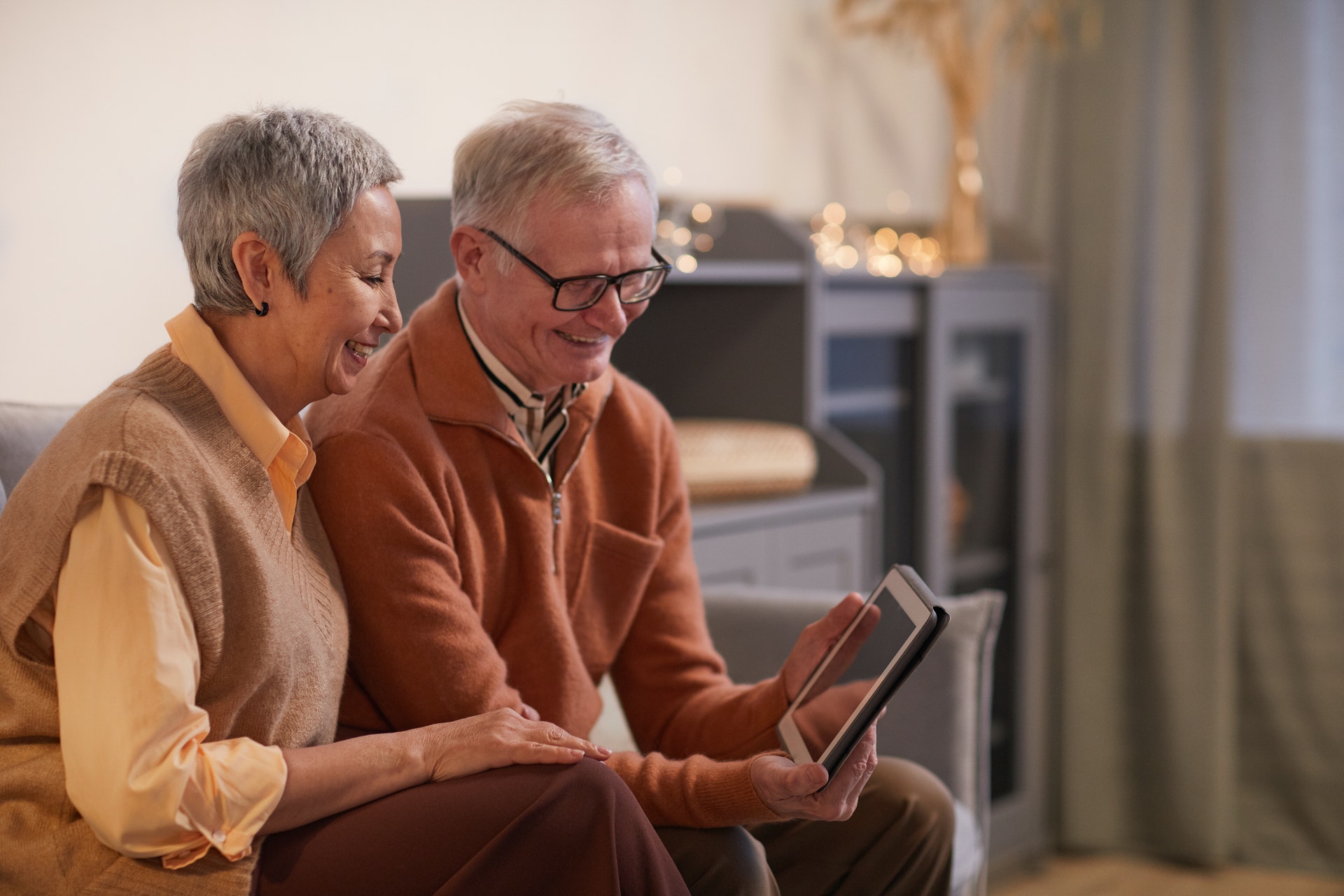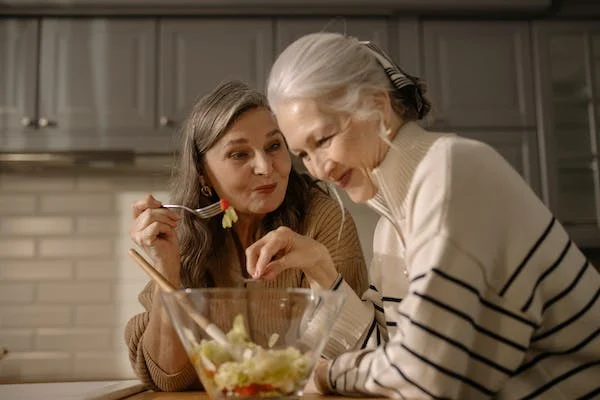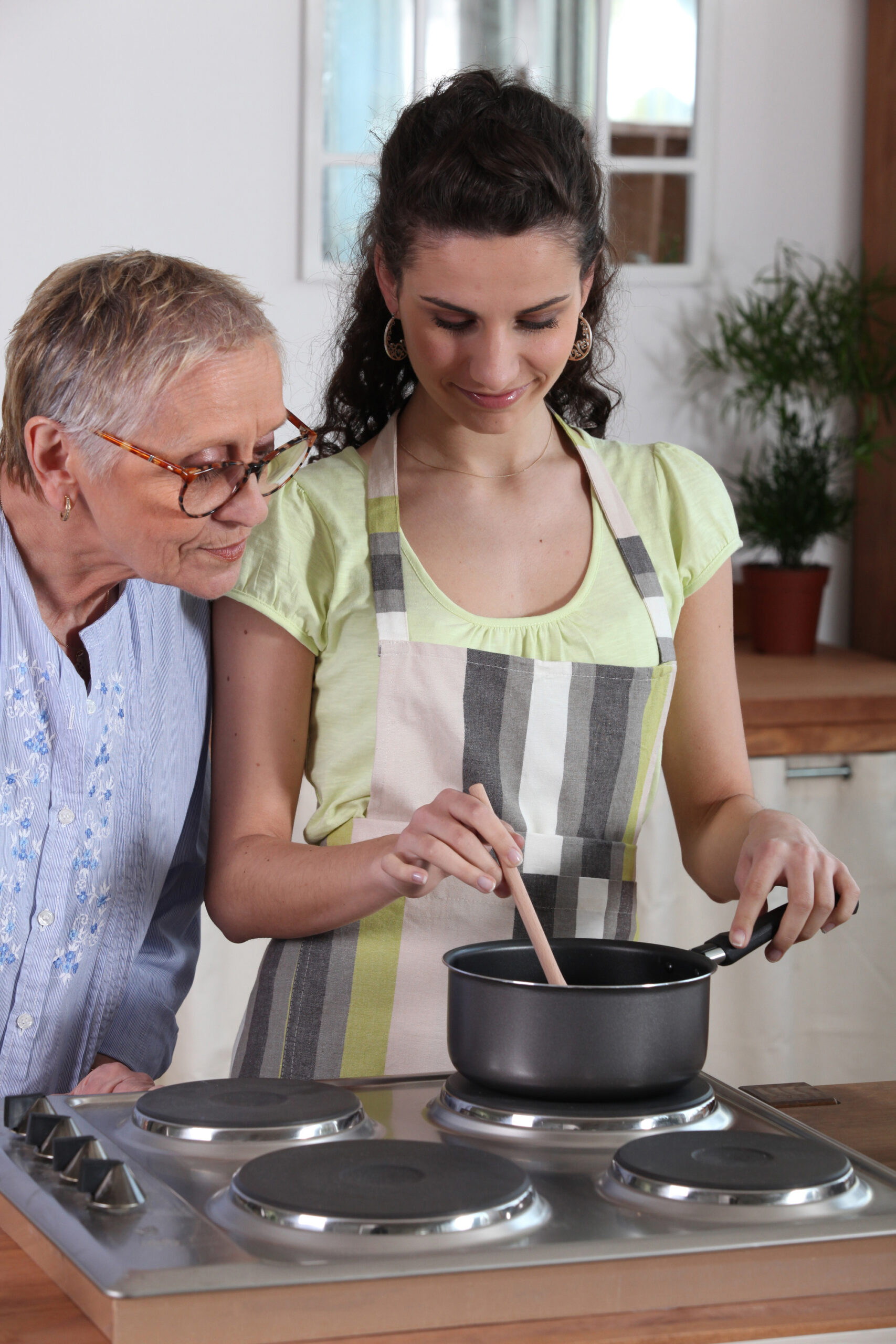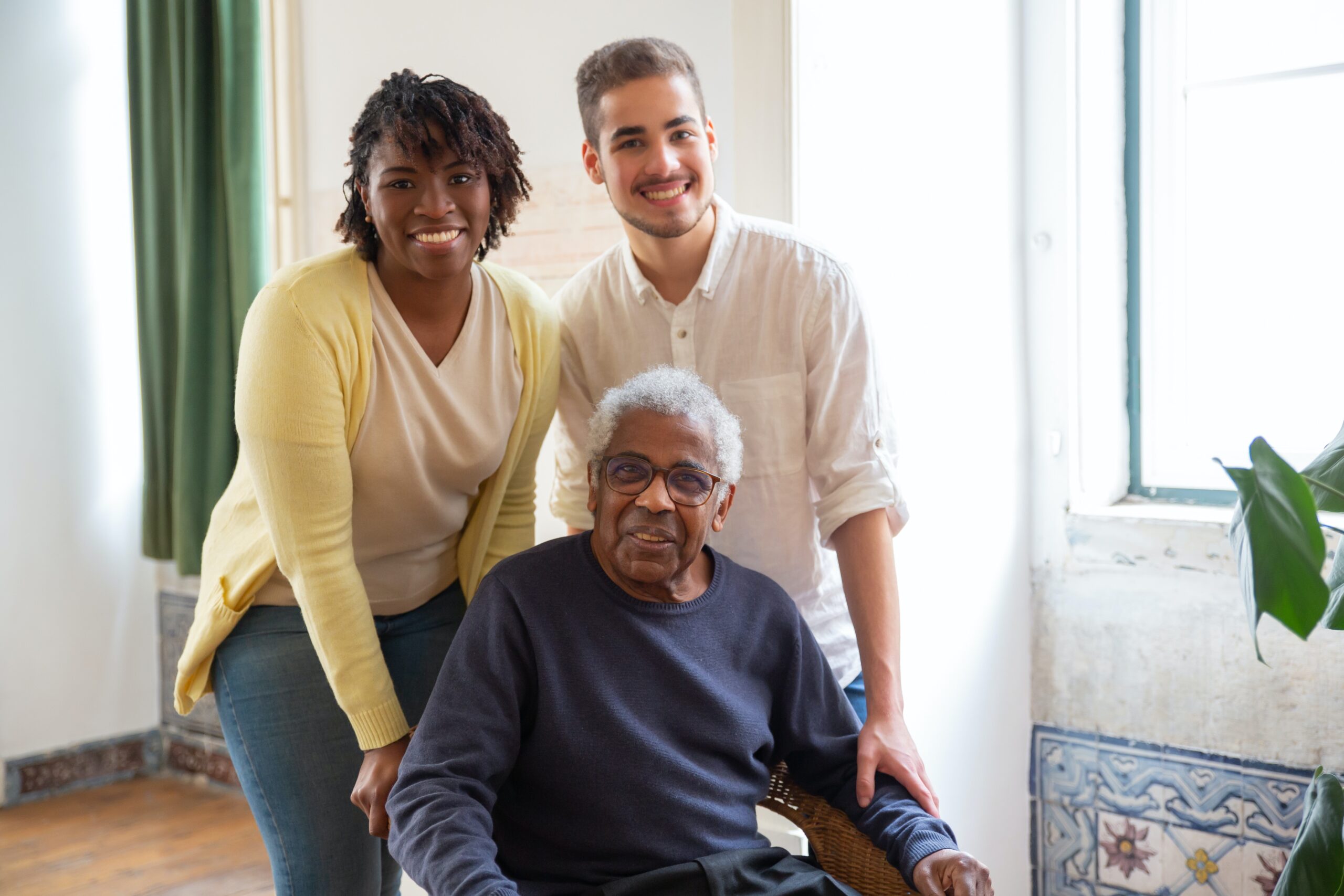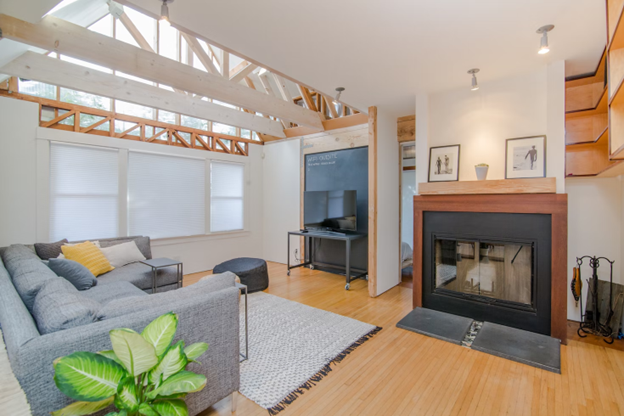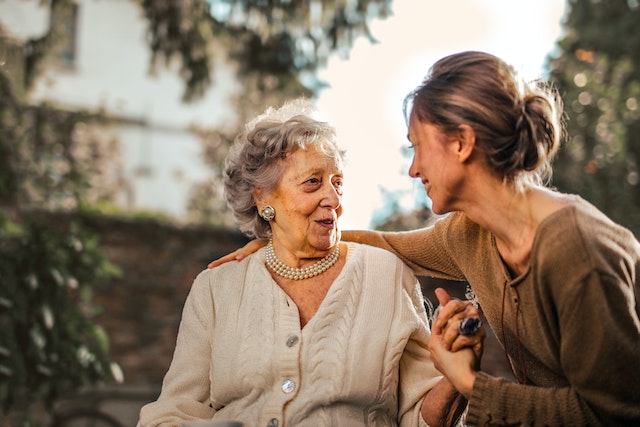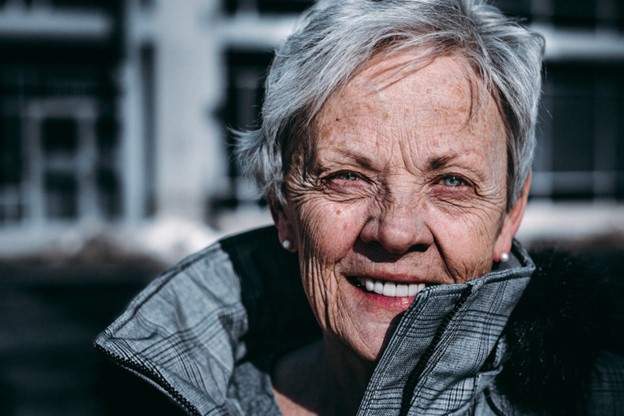Authored by: Jessica Fender
Exactly how do we define “elderly” today? Traditionally, people became “elderly” once they retired and became less active. However, advances in health care and an accompanying longer life span have pushed the term “elderly” into new realms. People in their 70’s and 80’s travel the globe; 60% of the population over the age of 60 own a smartphone.
When physical decline means that an elderly person must stay at home, and their mental agility is intact, their connection to the outside world will be through their PCs, their tablets, and their smartphones. And they do want to keep in touch with friends and family.
Impact of COVID
The COVID pandemic presented new challenges for the elderly who were already “homebound” but who then had to face the isolation of not receiving visits from family and friends. And television only offered a small value in comparison. They now needed to be “connected” to the outside world and their loved ones in new ways.
Fortunately, many elderlies have computers, laptops, and mobile devices which they have become accustomed to using. It is a way for grandparents to keep up with their grandchildren, for example.
Grandchildren who are close to their grandparents like to keep them apprised of their activities and challenges, often looking to these elders for advice. College students, for example, may be struggling with their online studies and using the writing service EssayShark to get help with essays and papers and keep up their grades. They will call or email with such successes, with news of their good grades.
Given their desire to stay “connected” in visual ways, it’s important to think about apps that they can use to do just that. Here are five of them.
- Facebook Messenger
These are perhaps the most popular apps with seniors. First, they have had experience with Facebook for years and are fully comfortable using it. Their family members and friends are parts of their Facebook communities, and it is easy to keep in touch.
But the Facebook Messenger app can bring a whole new realm to their communication.
Facebook Messenger may be an app that they have not used, but it is versatile, easy to install, and is compatible with all conceivable devices – PCs, laptops, tablets, and smartphones, both Android and iOS.
Messenger has both an audio and a visual call feature. Once installed, the user can use either or both at the same time, on any device, as long as the person being called is also on Messenger.
- Zoom
We can thank COVID for the increased use of Zoom on the part of seniors. When churches were forced to close due to the pandemic, many continued to hold virtual services via Zoom. Families were not able to physically visit one another. And seniors, even those who needed help to download the app, got comfortable using it. The beauty of this app is that it can be downloaded on any device at all, or all of them, depending on the preferences of the users.
Here’s an app that the elderly can use easily, especially if they have visual impairment or arthritis that makes it difficult to type. It can be downloaded onto any device. The beauty of this app is that a user can use voice messaging rather than typing. There is also a video and photo transfer feature, and, with just a small amount of “training” from a family member or friend, the senior will be able to use it with ease. This app has a built-in camera too. WhatsApp only supports two-way communication, between two devices that both have it downloaded.
- Facetime
Facetime is another app for both audio and/or video communication, but only for Apple devices. The other requirement will be home Wi-Fi. Once installed, the user only has to tap the icon and either type on the phone number or choose from their contact list. Then, they choose audio or audio/visual combined. One of the newer cool features is that Facetime allows group calls, so family members who all have an Apple device and Wi-Fi or a hotspot can all meet together.
- Skype
Here is an app that is compatible with all devices and platforms. At first just a messaging app, it is now used for one-on-one or group meetings, as long as everyone has a webcam and a microphone. Most devices now have them. Set-up is easy, and one simple tutoring session will have a senior “up and running.”
Author’s bio. Jessica Fender is a professional writer and educational blogger. Connect: Twitter or LinkedIn

